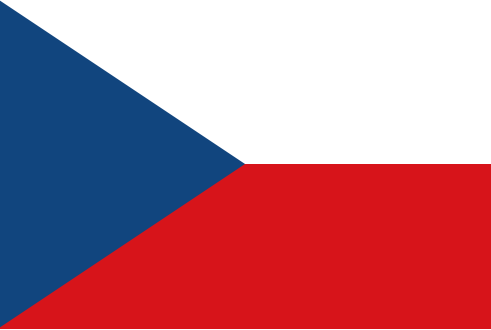Sekce:
Focused on
Impacts of the New SUKL Decision-Making Practice on the Reimbursement of Innovative Medicines
The pharmaceutical market in the Czech Republic is undergoing a gradual shift in decision-making practices, which may significantly impact pricing and reimbursement regulations as well as the...
Sekce:
Daily overview
Selection from Decision-Making Practice
Multiple reimbursement levels for JAKi in reimbursement review.
Pharmeca a.s.
Sekce:
Daily overview
Opinion of the Ministry of Health of the Czech Republic on the impact on the system when setting prices and reimbursements.
The Ministry of Health of the Czech Republic has published an opinion on the procedure for assessing the financial impact on the health insurance system when determining or changing the amount and...
MZ ČR
Sekce:
Daily overview
EMA Launches New Platform to Monitor Medicine Shortages
The European Medicines Agency (EMA) has announced the launch of a new platform designed to routinely monitor shortages of centrally authorized medicines.
Pharmeca a.s.
Sekce:
Data visualization
Decisions of the State Institute for Drug Control and the Ministry of Health of the Czech Republic in the Area of Pricing and Reimbursement
From January 1, 2025, Pharmeca a.s. offers an overview of SÚKL and Ministry of Health decisions on pricing and reimbursement.


Pharmeca a.s.
Sekce:
Daily overview
Czech legislation
Current overview of selected Czech legal regulations regarding medicines and medical devices.
Pharmeca
Sekce:
Focused on
EMA Launches New Platform to Monitor Medicine Shortages
The European Medicines Agency (EMA) has announced the launch of a new platform designed to routinely monitor shortages of centrally authorized medicines.
Pharmeca a.s.
Sekce:
Focused on
Medical Devices and Medicines in Slovakia to Have Lower VAT from 2025
From January 1, 2025, Slovakia will introduce a significant change in its tax policy. This step is part of a broader tax reform aimed at improving access to essential goods for the population while...
Pharmeca

